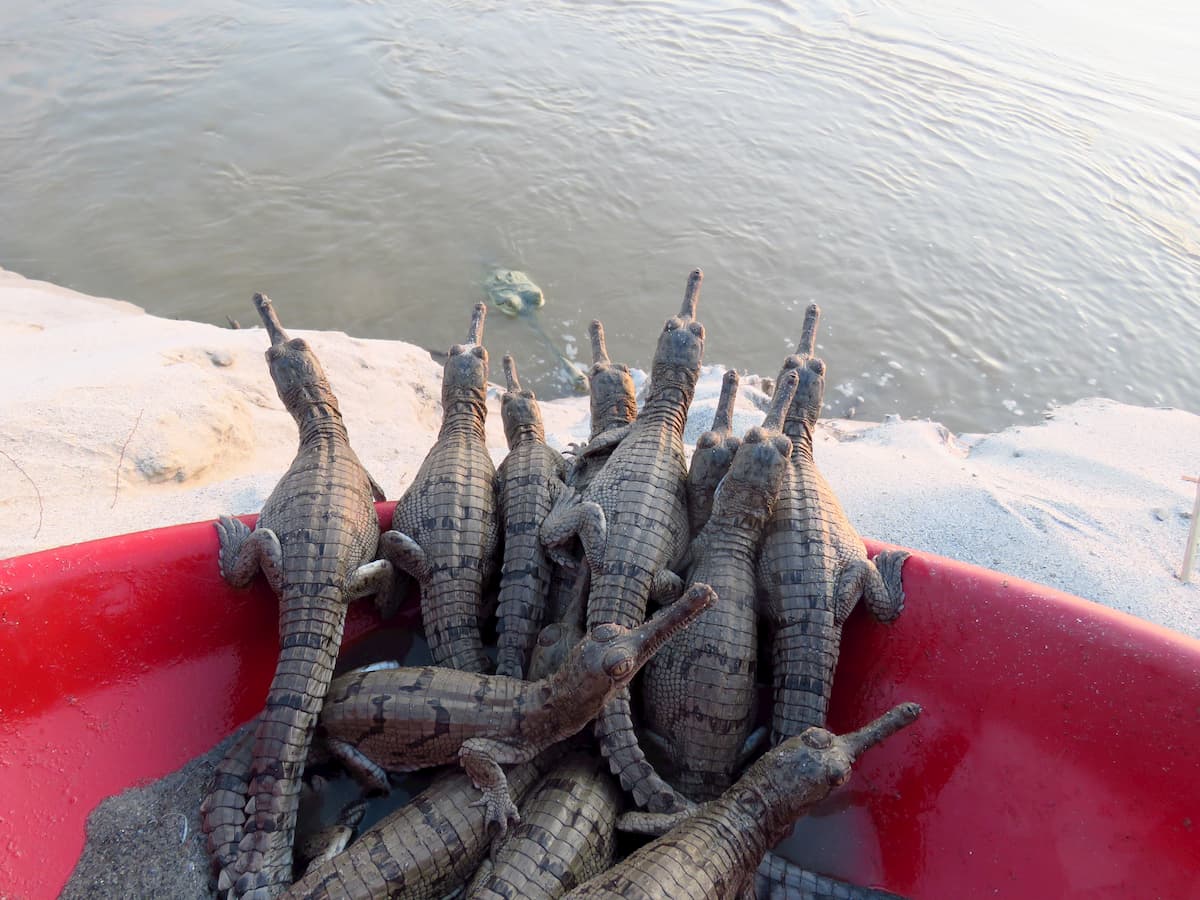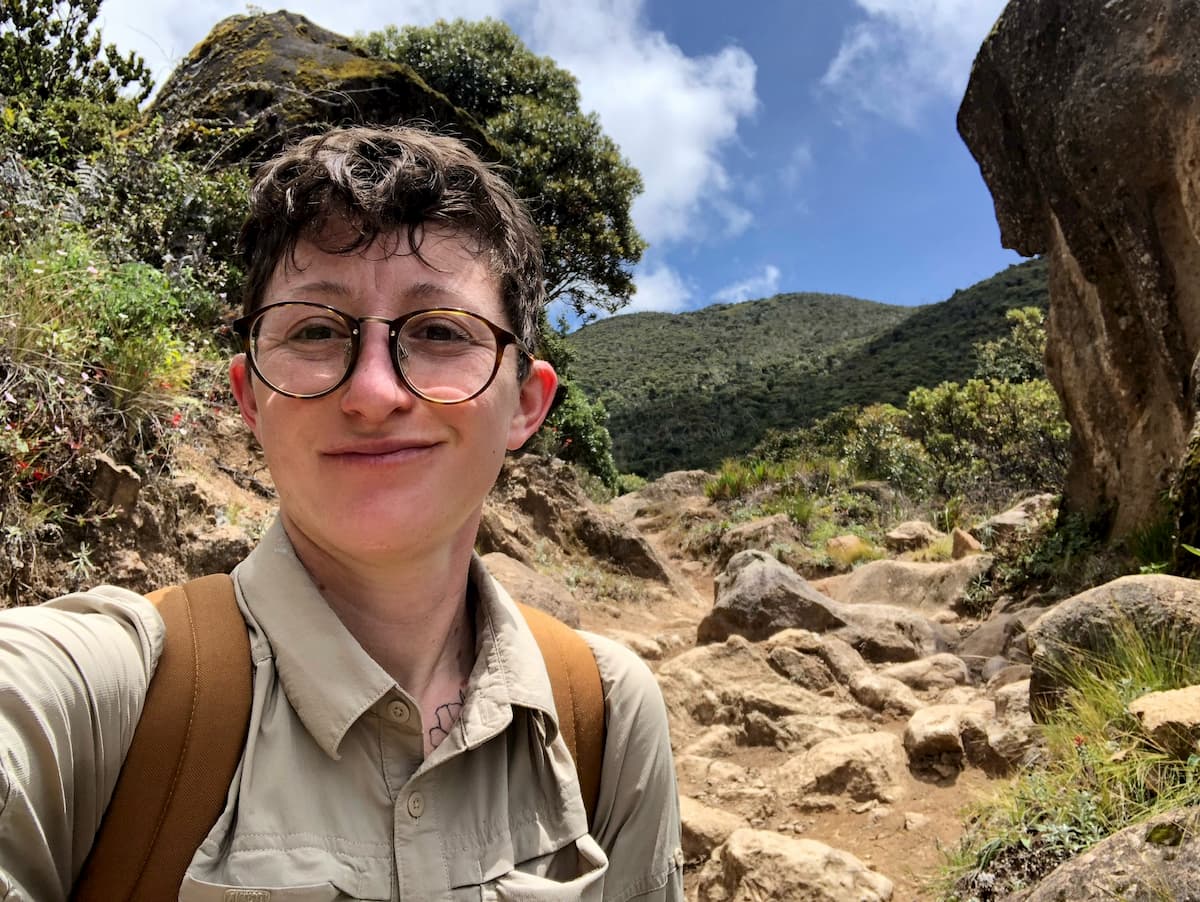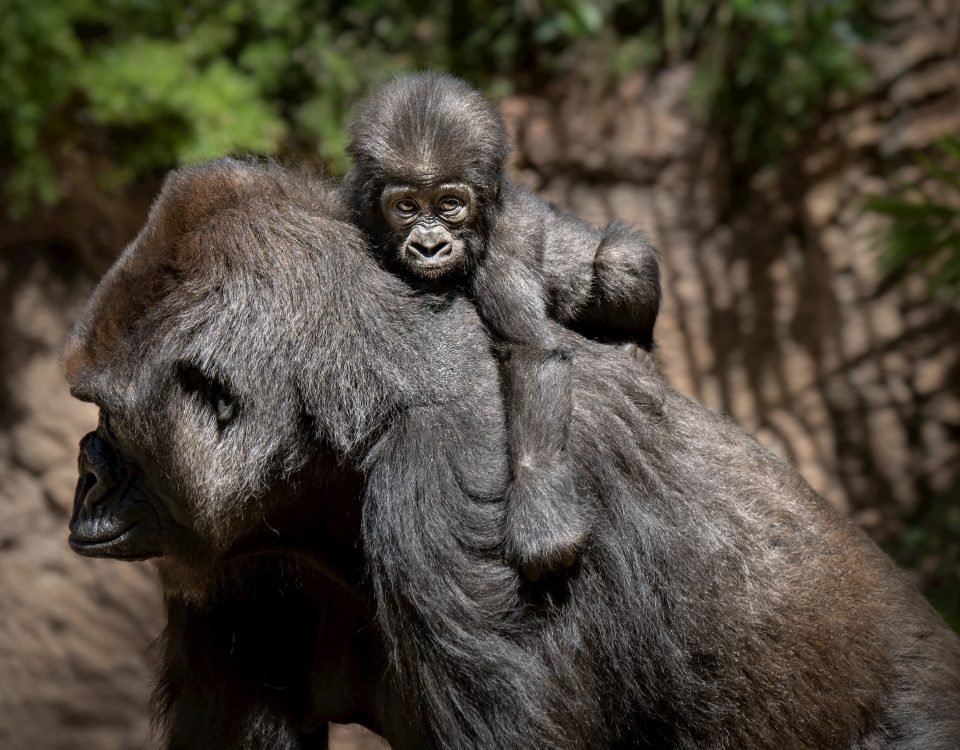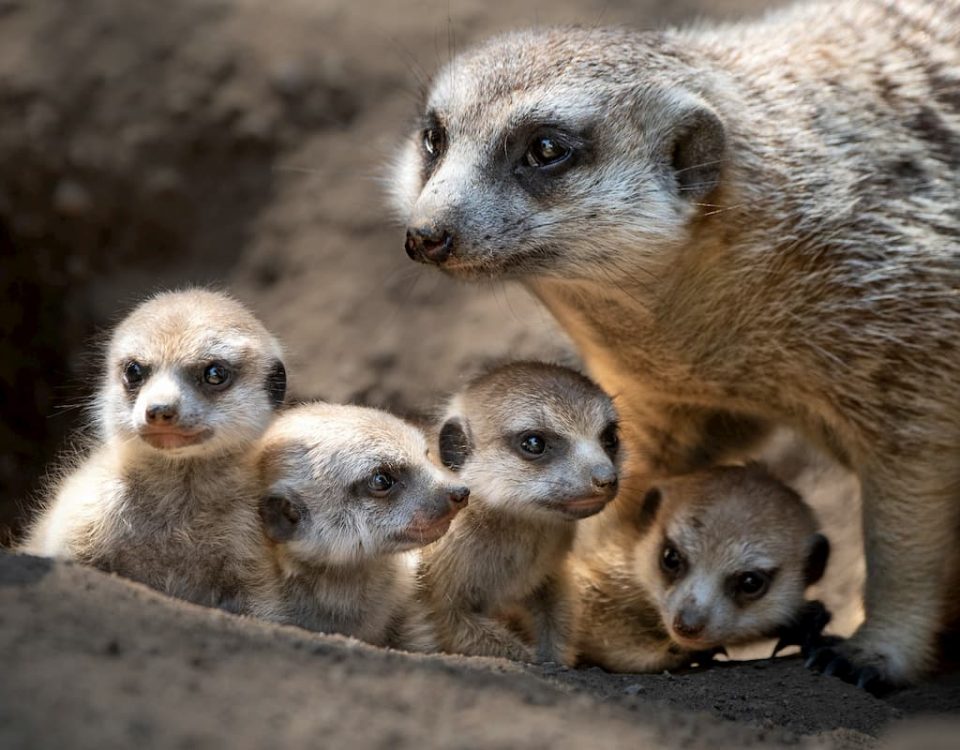Conservation Update with Dr. Jake Owens, Director of Conservation

New in the Zoo
August 1, 2020
Zoo Update with Denise Verret
August 1, 2020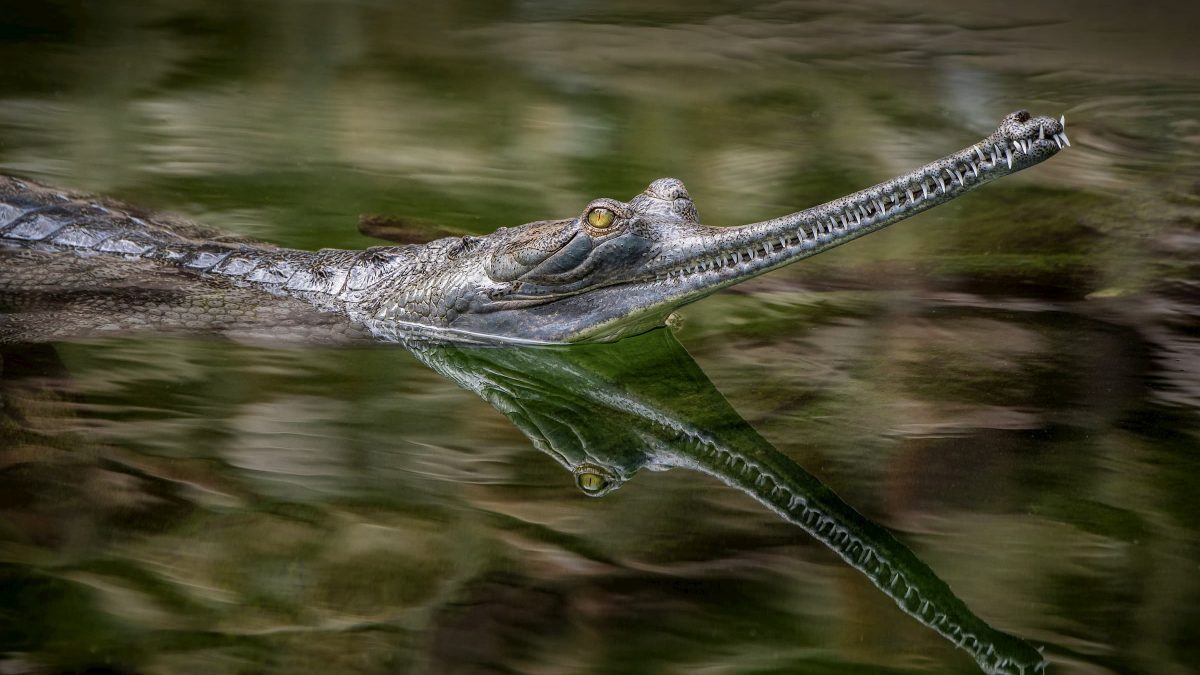
One of four Indian gharials at the Los Angeles Zoo. Photo by Jamie Pham
This year, 94 Indian gharials hatched on the Gandak River in northern India thanks to the heroic work of local fishing and farming communities trained by our conservation partners, the Wildlife Trust of India (WTI). Habitat destruction, dam construction, accidental bycatch from fishing nets, and unnatural flooding from agricultural activities have left Indian gharials critically endangered, with only 300 to 900 individuals estimated in the wild.
A 2018 survey by WTI indicated that the Gandak River gharial population had grown from 15 individuals in 2010, to more than 250 individuals, thanks to conservation measures including the release of youngsters hatched in human care. This estimate makes the Gandak River the second largest population throughout its range, and critical to this species’ long-term existence. This year, the L.A. Zoo provided emergency support for actions to assess and protect this population, including a system-wide survey, local community engagement activities, and nest relocations to save eggs from intermittent flooding. After COVID-19 restricted WTI researchers from traveling, local community conservation partners took over monitoring and nest relocation duties, and transferred three nests to safer areas. The 94 gharials hatched from these nests represent a more positive future for the species. This was all made possible through our support of WTI and, most importantly, the local community’s engagement.
As we continue to expand the L.A. Zoo’s impact on global biodiversity conservation, we are proud to welcome Anna Becker to the Conservation division as the Zoo’s first community conservation coordinator. In her previous role in the Zoo's Learning and Engagement division, Anna created programs that prioritized inclusion and belonging in conservation education. Now, she will focus on developing and enhancing programs, partnerships, and collaborations with individuals and groups in our communities, including within our zoo. We look forward to building on our decades of success, demonstrated recently in this gharial work, by focusing on engagement and equity-based models of conservation. Despite the current closure and pandemic, the L.A. Zoo has doubled down on our commitment to expand our positive impact on the world by developing just and pragmatic solutions to conservation problems.


